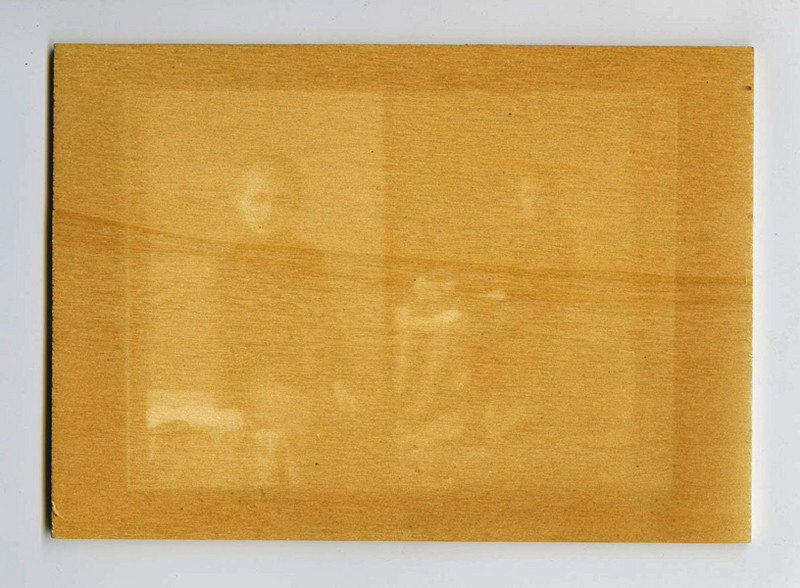Juergen Staack
17 Jan - 01 Mar 2014
JUERGEN STAACK
Zwei
17 January - 1 March 2014
Konrad Fischer Galerie is pleased to announce a presentation of new works of artist Juergen Staack (b. 1978, lives and works in Düsseldorf) in his third solo exhibition in our gallery.
For several years the work of Juergen Staack has focused on situations initiated through images, language or sound. At the source of his works we find interviews, conversations, sounds and photographs, which are then being transformed and translated. As a result of this process the artist creates installations, performances and his so-called 'talking images'.
Last year Staack presented his performative installation ‘Script’ at the Museum Osthaus in Hagen and at the artothek in Cologne. "Script" will be on view here at the gallery, this time in an extended version. On monochrome grey canvases of various dimensions whose surfaces have been specially treated, several performers will write descriptions of situations as they occur simultaneously in the gallery space. The descrptions are written in several languages and disappear as the liquid dries off leaving almost invisible traces on the canvases.
For his series "Family" the artist asked members of large families and different generations to describe and characterize each other: the grandmother talks about her grandchild, the father about his daughter and so on. Through this process Staack generates unique sound documents, which exceed the usual photographic family portrait by far. The first of these 'talking images' was recorded in Korean (2012) and another one was recorded in Guarani, a very rare language spoken by a minority in Brazil.
In 2011 Staack developed an experimental series of works titled "Tableaux". In these works the artist sets old negatives from the late 19th century – found in flee markets or at internet shops – on wooden panels and exposes these panels for an extremely long time (up to a year) to direct sunlight. During this process the old photographic images are transformed into images that come close to the appearance of identikit pictures – the only difference being that the persons we may indentify actually existed.
Zwei
17 January - 1 March 2014
Konrad Fischer Galerie is pleased to announce a presentation of new works of artist Juergen Staack (b. 1978, lives and works in Düsseldorf) in his third solo exhibition in our gallery.
For several years the work of Juergen Staack has focused on situations initiated through images, language or sound. At the source of his works we find interviews, conversations, sounds and photographs, which are then being transformed and translated. As a result of this process the artist creates installations, performances and his so-called 'talking images'.
Last year Staack presented his performative installation ‘Script’ at the Museum Osthaus in Hagen and at the artothek in Cologne. "Script" will be on view here at the gallery, this time in an extended version. On monochrome grey canvases of various dimensions whose surfaces have been specially treated, several performers will write descriptions of situations as they occur simultaneously in the gallery space. The descrptions are written in several languages and disappear as the liquid dries off leaving almost invisible traces on the canvases.
For his series "Family" the artist asked members of large families and different generations to describe and characterize each other: the grandmother talks about her grandchild, the father about his daughter and so on. Through this process Staack generates unique sound documents, which exceed the usual photographic family portrait by far. The first of these 'talking images' was recorded in Korean (2012) and another one was recorded in Guarani, a very rare language spoken by a minority in Brazil.
In 2011 Staack developed an experimental series of works titled "Tableaux". In these works the artist sets old negatives from the late 19th century – found in flee markets or at internet shops – on wooden panels and exposes these panels for an extremely long time (up to a year) to direct sunlight. During this process the old photographic images are transformed into images that come close to the appearance of identikit pictures – the only difference being that the persons we may indentify actually existed.

